New Defence Technology By The Defence Advanced Research Project Agency (DARPA) is a research and development agency of the United States Department of Defence responsible for the development of emerging technologies for use by the military. It was established in 1958 as a response to the Soviet Union’s launch of the first artificial satellite, and its mission is to develop advanced technologies for national security purposes.

Defence Technology, Last Year in 2022, DARPA unveiled a new high-speed missile program called “ GAMBIT ” with a new detonation tech_
And as far as we reach the GAMBIT implications may be, it’s the engine powering tech, that could really change the game. Its Rotating Detonation Engine ( RDE ) could power missiles to fly further faster than ever before.
But that’s just the beginning, it could eventually power fighter aircraft & even warships, let’s explore more into this defence tech…
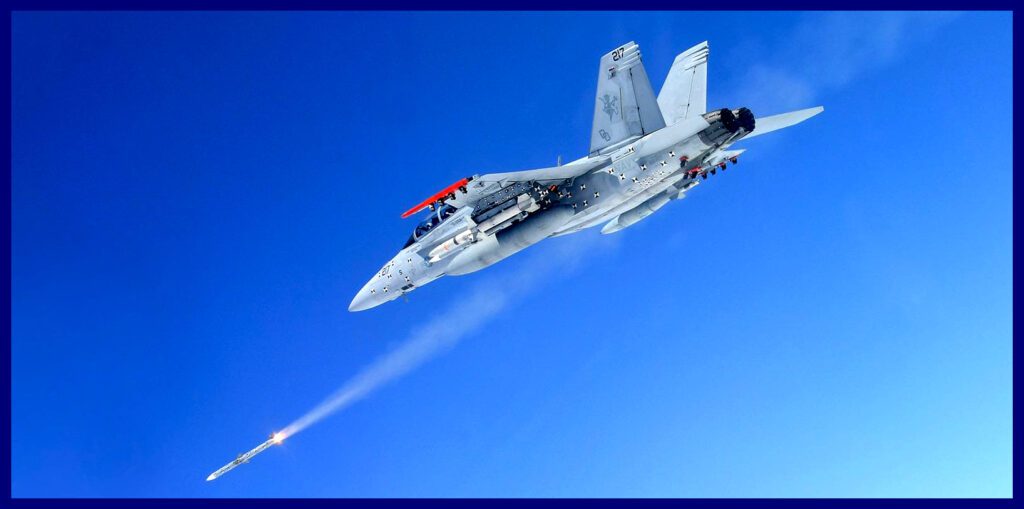
The propulsion system known as rotation detonation engines has the potential to be lighter than existing jet engines while offering a significant boost in power output range in fuel efficiency. And DARPAS’s new GAMBIT missile is really just one of a number of programs that replace a renewed focus on RDE tech. Though for the most part, these systems have managed to fly under the media’s radar.
These rotation detonation engines might not be all that common for discussion. But with an ongoing hypersonic arms race of sorts, at America’s renewed focus on deterring near piers, this tech could really help set a number of tactical or strategic advantages presented by America’s opponents in places like Europe & Pacific. So, let’s dive into this rotation detonation engines because they have been the subject of theory & speculation now for literally decades.
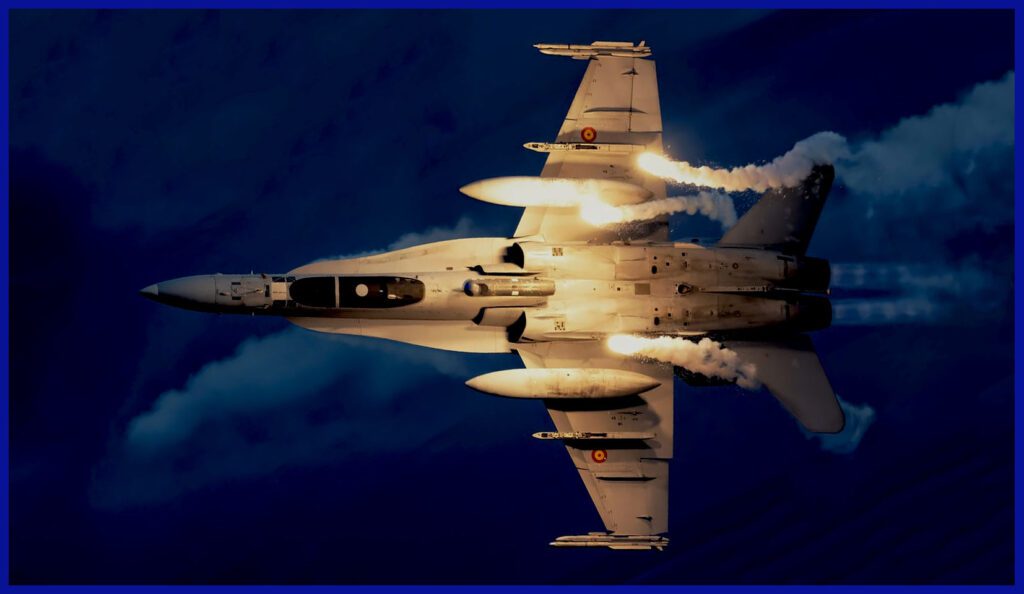
But today they have yet to cross the barrier between theory & practical application because they promise to be a lot more efficient than traditional jet engines they could provide missile applications with a big boost in range & speed. But they could also mean fielding smaller weapons that are capable of achieving the same speed and ranges as today in service weapons.
In aircraft applications like jet fighters, rotation detonation engines can offer similar benefits to missiles in terms of range & speed. Well potentially reducing maintenance requirements fighters, in particular, rely on afterburners which effectively fire-hosed fuels into the engine’s exhaust stream for added thrust which you might imagine really quickly depletes fuel stores and reduces the fighter’s range. RDE could potentially allow for a similar boost and thrust with a big reduction in that fuel penalty. And that’s one of the programs, which are going on right now.
But where this idea could probably be most useful? Is that powering the Navy’s future non-nuclear surface vassals where they would provide increased power production, range & speed, will have a huge impact on the Navy’s budgetary bottom line according to their own assessment and making it all happen really comes down to one word, Detonation?
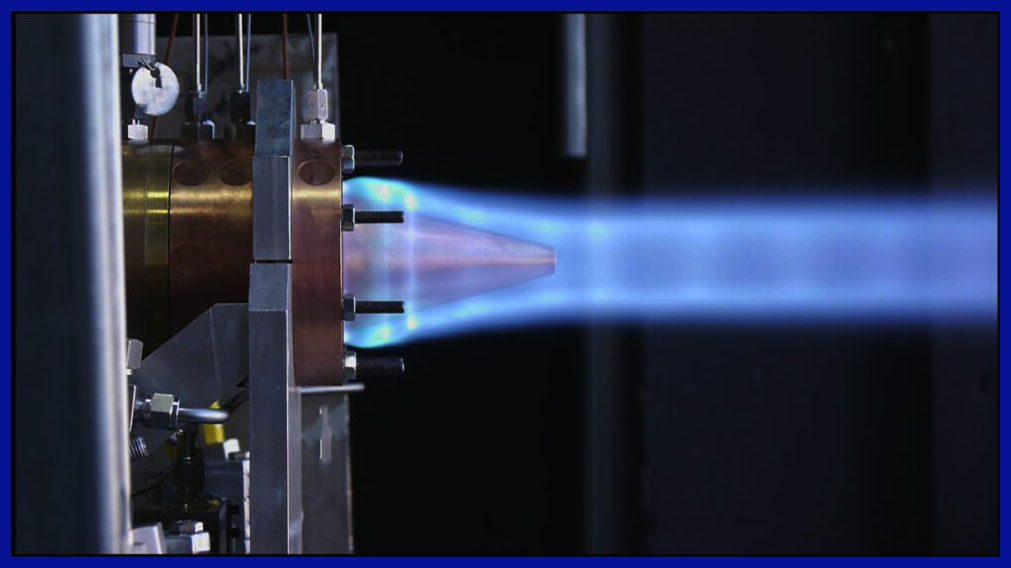
The concept behind rotation detonation engines (RDE ) dates all the way back to the ’50s. In the US, Art Nicholls, a prof. of Aerospace Engineering at the University of Michigan was among the first to attempt to develop a working RDE engine.
Now to understand how an RDE engine works, we got to talk about the concepts that have been built upon. Because in a lot of ways RDE engines are an extension of the concept behind pulse detonation engines which are in themselves an extension of pulse jets and I have realized that is confusing. But don’t worry; we’ll explain it in detail.
Pulse-jet engines work by mixing air & fuel within a combustion chamber and then igniting the mixture to fire out of a nozzle in rapid pulses rather than under constant combustion as you might find in another jet engine.
But to make that jump from pulsejet to pulse detonation engines we need to learn some vocab words because the combustion process that you are familiar with from an engine like this in most combustion-based engines, in general, is deflagration which is just a fancy word for heating an air-fuel mixture until it ignites and burns away rapidly. But importantly, the subsonic combustion process or the miniature explosion that takes place inside your car engine and inside most jet engines are all subsonic explosions, and that’s where a pulse detonation engine differs from a pulsejet because it doesn’t lavage deflagration, It uses detonation.

Well, Deflagrations speak to the ignition in subsonic burning of an air-fuel mixture, detonation is supersonic, when the air is fuller mixed in a pulse detonation engine, they are ignited creating deflagration just like you are accustomed to, but then within a longer exhaust tube, a powerful pressure web compresses the unburned fuel ahead of that ignition heating it above ignition temperatures in what is known as deflagration to detonation transition ( DDT ). In other words, rather than burning through the fuel rapidly it detonates, producing more thrust from the same amount of fuel in an explosion rather than a very rapid burn.
As per Dr Chris Combs, an Assistant Professor of Hypersonic Aerospace Engineering at the University of Texas, San Antonio, the detonation process is a more rapid and efficient extraction of energy from fuel from a thermodynamic standpoint when compared to deflagration. In fact, according to various research studies, the deflagration wave used by most engines travels at around 10 meters per second, which is certainly not slow. However, a detonation wave travels up to 2,000 meters per second. So while a pulse detonation engine still produces propulsion in pulses, it can travel significantly faster, believed to be up to around Mach 5.
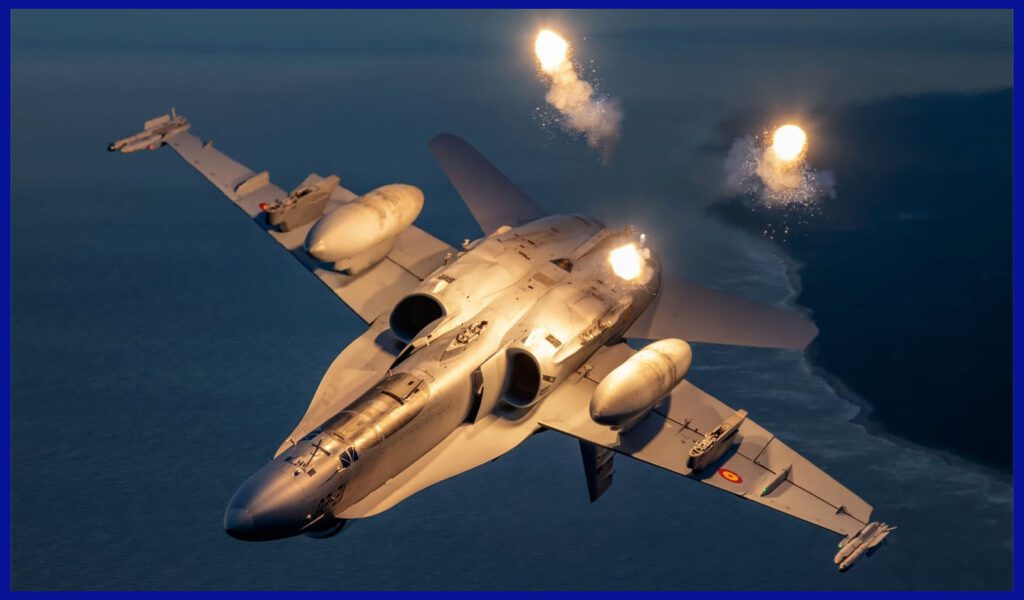
In May of 2008, the US air force research laboratory made history by building the world’s first crude pulse detonation-powered aircraft using a scaled composite home-build plane, though it did not set any crazy record, but managed to speed around 120 miles per hour in reached altitude between 60 to 100 feet. But that was an important proof of concept. And efficiently these pulse detonation engines are under development in different applications. Certainly, a rotation detonation engine would be even more effective. But many people within the epidemic and engineering community question whether you can even build one.
Now we somehow understand Pulse Jet & Pulse Detonation engines, perhaps we can finally dive into rotation detonation engines. Which takes this detonation concept to the next level. Rather than having the detonation web travel out the back of the aircraft as propulsion, RDE is having travels around a circular channel within the engine itself. Fuel & oxidizers are added to the channel through small holes, which are then ignited by that rapidly circling detonation web.
The result is an engine that produces continuous thrust rather than thrust in pulses will still offer the improved efficiency of a detonation engine. Many rotation detonation engines have more than one detonation web circling the chamber at the same time and tremble explains RDE’s sea pressure increase during detonation. Whereas traditional jet engines see a total pressure loss during combustion, this makes them even more efficient than pulse detonation engines which need the combustion chamber to be purged & refilled for each pulse.

In theory, RDE is a bit like the leap from turbojets to turbofans in the 1960s, but for high-supersonic vehicles. It should give you a big jump in specific impulse ( aka fuel efficiency ), and if you can figure out how to package it in a way that does not make things significantly heavier or less aerodynamic, you should be able to get a nice range boost out of it.
A team from the University of Central Florida, working alongside with US air force research laboratory successfully built and tested the world’s first working rotation detonation engine. And it continued firing right up until it cut the fuel off, effectively proving that the concept is possible. The three-inch copper test blade that they developed successfully produced 200 pounds of thrust in their laboratory conditions, since then a number of other programs have followed with noted engine manufacturer Pratt & Whitney among those leading the charge and other programs in places like Japan & Australia have also made really significant achievement in this process.

Besides future jet engine tech, if we talk about future missile programs, then the US, Defense Advanced Research Projects Agency ( DARPA ) released a special notice pertaining to their new GAMBIT missile program, within the notice, DARPA included a description of the program & its objectives as well their anticipated timeline from inception to flight test.
The objective of the Gambit program is to develop and demonstrate a novel Rotating Detonation Engine ( RDE ) propulsion system that enables a mass-producible, low-cost, high-supersonic, long-range weapon for an air-to-ground strike in an anti-access/area denial ( A2AD ) environment. Phase 1 of the program is anticipated to last 18 months. Phase 1 performers will complete the preliminary design of the propulsion system and execute direct connect combustor testing as well as free jet inlet testing.
Phase 2 is expected to last 18 months and would include a detailed design of the propulsion system as well as full-scale, tip-to-tail testing of a system in a free jet facility at flight conditions. The culmination of phase 2 free jet testing will form the foundation for a future program to flight test a weapon prototype that leverages the propulsion system demonstrated in this program.

According to the air force research lab, RDE technology could make high-speed weapons much more affordable which is of particular import following a recent defence department analysis that indicates the hypersonic weapons in development for the air force may cost as much as 106 million dollars apiece. According to a list of efforts supported by the pentagons high-performance computing modernization program in 2022, the air force research lab has begun development on at least 3 different RDE weapons or demonstrators.
One aim is to fuel a liquid fuel rotating detonation scramjet that will power air-to-surface missiles that can be carried internally by 5th gen fighters. Another will leverage solid fuel for an air-to-air missile and a Third effort aims to develop a Vehicle for free jet testing on the ground. As mentioned before, RDE tech could also lead to smaller weapons that offer the same range and speed as today’s missiles. This could allow stealth aircraft like the F-35 to carry more munitions inside their internal weapons bays, likewise, missiles of the same size as today could fly further faster which has far-reaching benefits on both air-to-air and air-to-surface operations.
Now let’s think bigger than missiles because among the weapon-oriented programs being developed by the air force research lab is another rotation detonation enterprise that can offer America’s fighters a big boost in range and speed. An RDE that can be used in place of fighters’ afterburners. An afterburner effectively combines the remaining oxygen leaving the jet engine with more fuel but spraying fuel directly into the outflow of the exhaust.
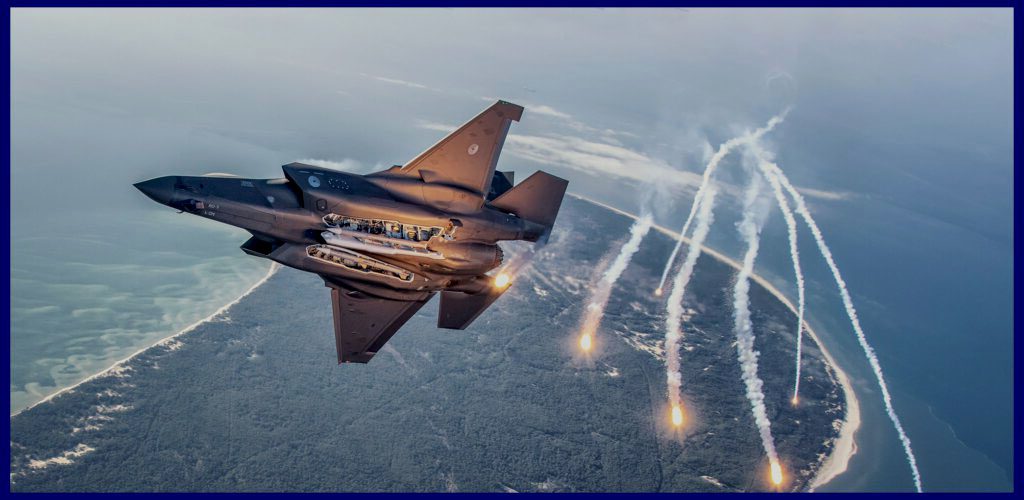
This method of increasing thrust takes a heavy toll on the aircraft’s fuel storage forcing pilots to choose between speed & range or loiter time. An RDE afterburner could provide an increase in thrust will leverage in design’s inherent efficiency providing the same gains for less fuel expanded in the longer-term air-breathing RDE could even find their way into the fuselage of aircraft as the primary means of propulsion. But not all of the potential applications for RDEs are up in the sky.
Some of the most promising may actually be out at Sea, well the Navy’s aircraft carriers and Submarines are famously nuclear-powered, but the rest of the fleet still runs on regular F76 marine diesel power engines. An estimated 86 million barrels worth of it in 2016 alone, so it may come as a little surprise to you that the Navy is very much interested in an approach to the high-efficiency engines. In fact, they filed their own patent to prefer a Rotary Detonation Engine, as far back as 1982.
According to the Navy in 2012, RDE engines could increase warships’ thrust by 10%, and reduce fuel consumption by 25%. Giving them more speed and range for fuel expansion. In 2012 that kind of improvement was projected to resolve in savings of 300 to 400 million dollars per year. Which equates to around 387 to 516 million in today’s dollars. The truth is RDE engines can help Fighter aircraft range & speed further, Missiles fly faster, Ships sail longer and even Rocket launches become cheaper.

In conclusion, the Defense Advanced Research Projects Agency (DARPA) is a pioneering agency that plays a crucial role in driving innovation and technological advancements in defence. With a wide range of initiatives spanning robotics, autonomous systems, cybersecurity, hypersonic technology, biotechnology, and space technology, DARPA continually pushes the boundaries of what is possible.
Through its work in robotics, DARPA has been instrumental in the development of advanced humanoid robots capable of complex tasks. The agency’s focus on autonomous systems has led to significant advancements in unmanned vehicles, enabling enhanced capabilities for military applications. In the realm of cybersecurity, DARPA’s research and initiatives have resulted in cutting-edge technologies that protect critical systems and address emerging threats.
DARPA’s pursuit of hypersonic technology has yielded groundbreaking advancements in high-speed flight, with potential implications for rapid response and precision strikes. Its forays into biotechnology have paved the way for human enhancement, regenerative medicine, and advanced prosthetics, revolutionizing the capabilities of soldiers and individuals with physical limitations. DARPA’s unwavering commitment to technological advancement positions it as a driving force in defence innovation and beyond.
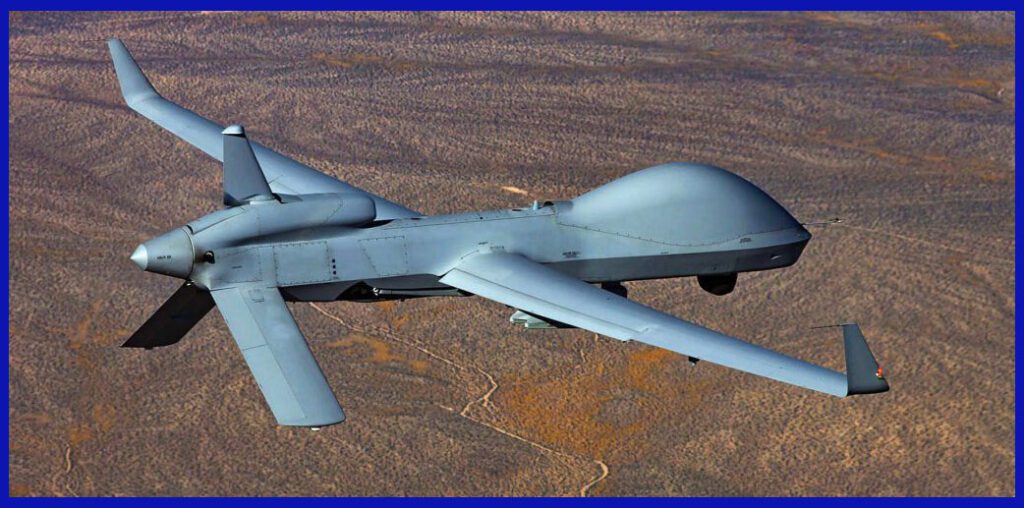
Vital Proclamation For Our Esteemed Readers!
“Day and night, we are on a mission to bring you the best articles and latest updates from around the world. Our dedicated team works tirelessly to provide you with a seamless reading experience on this platform. However, delivering quality content and maintaining our platform’s operations come at a cost. We rely on the support of readers like you to sustain our efforts and continue writing for you. By purchasing high-quality foreign-made affiliate products through our links, you not only help us keep our platform alive but also receive top-quality products. Your support means everything to us and inspires us to keep pushing harder.
Furthermore, if you have any suggestions or requests for additional information, we are more than happy to hear from you. We value our readers’ feedback and input, and we thee are always looking for ways to improve our website and enhance the user experience.
If you are seeking information on a particular defence material or equipment that is not currently covered on our site, please let us know in the comment box. We will do our best to research the topic and provide you with the information you need. Thank you for your interest in our website, and we eagerly anticipate hearing from you! Happy reading!”

cool one